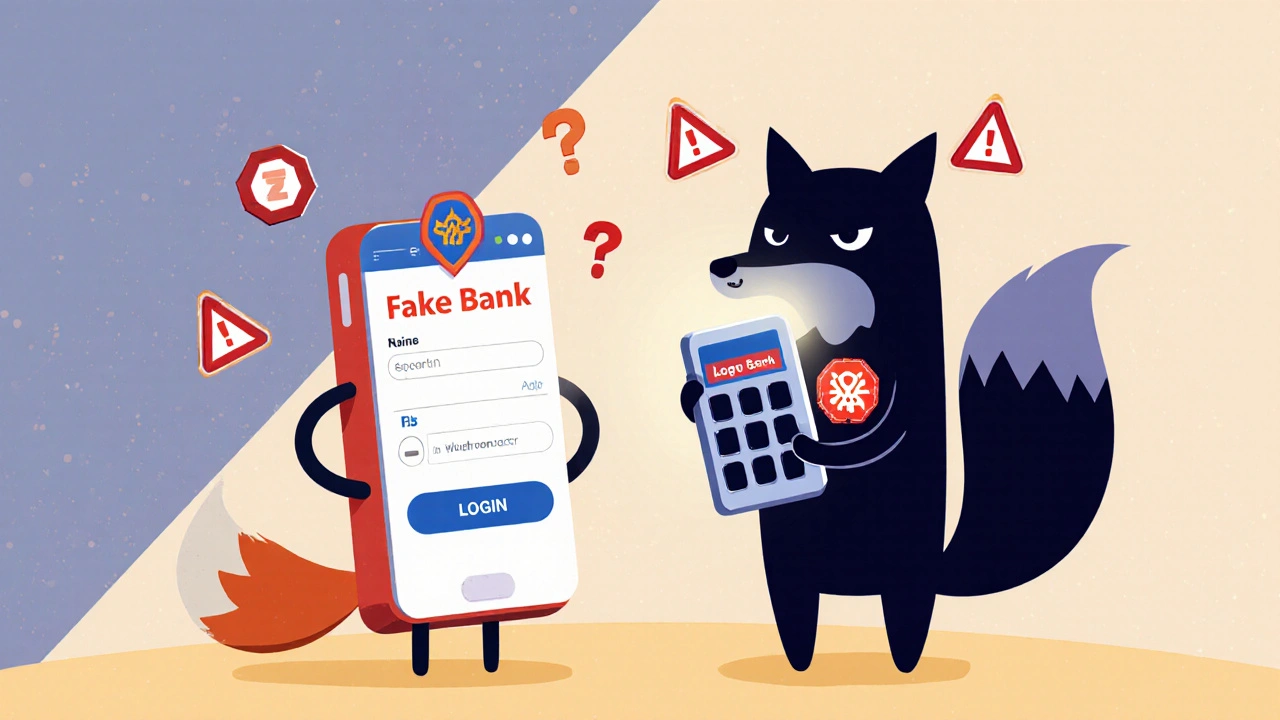Android banking malware: How hackers steal your money through your phone
When you open your Android banking malware, a type of malicious software designed to steal login details, account numbers, and two-factor codes from mobile banking apps. It doesn’t break into your bank—it tricks you into giving it everything it needs. Unlike viruses that delete files or slow down your phone, this malware is quiet, precise, and built for one thing: emptying your account while you sleep.
It often hides in fake apps that look like your bank’s official app, or slips in through links in text messages that say your account is locked. Once installed, it overlays your real banking app with a fake login screen. You enter your username and password—thinking you’re fixing a problem—and the malware sends it straight to a criminal server. Some versions even block your notifications so you don’t see the money leaving. Others intercept SMS codes sent by your bank, so even two-factor authentication won’t save you. This isn’t science fiction. In 2023, over 1.2 million Android devices were infected with banking trojans, according to Kaspersky’s threat report.
What makes this worse is how it targets real behaviors. People download apps from third-party sites because they’re cheaper. They click "Verify Account" links because they’re scared of losing access. They ignore app permissions because they don’t know what "Read SMS" really means. SMS interception, the ability of malware to read incoming text messages is one of its deadliest tools. Fake banking apps, clones of real bank apps designed to steal credentials are everywhere on unofficial app stores. And financial trojans, malware that targets financial data specifically are now sold as subscription services on dark web marketplaces—for as little as $50 a month.
You can’t avoid your phone. But you can stop this from happening to you. The posts below show you exactly how these attacks unfold, which apps are most commonly impersonated, what permissions to watch for, and how to spot a fake login screen before you type your password. You’ll also find real examples of malware that slipped past Google’s filters, and how users lost thousands in minutes. This isn’t about fear—it’s about knowing what to look for, so you don’t become the next statistic.




